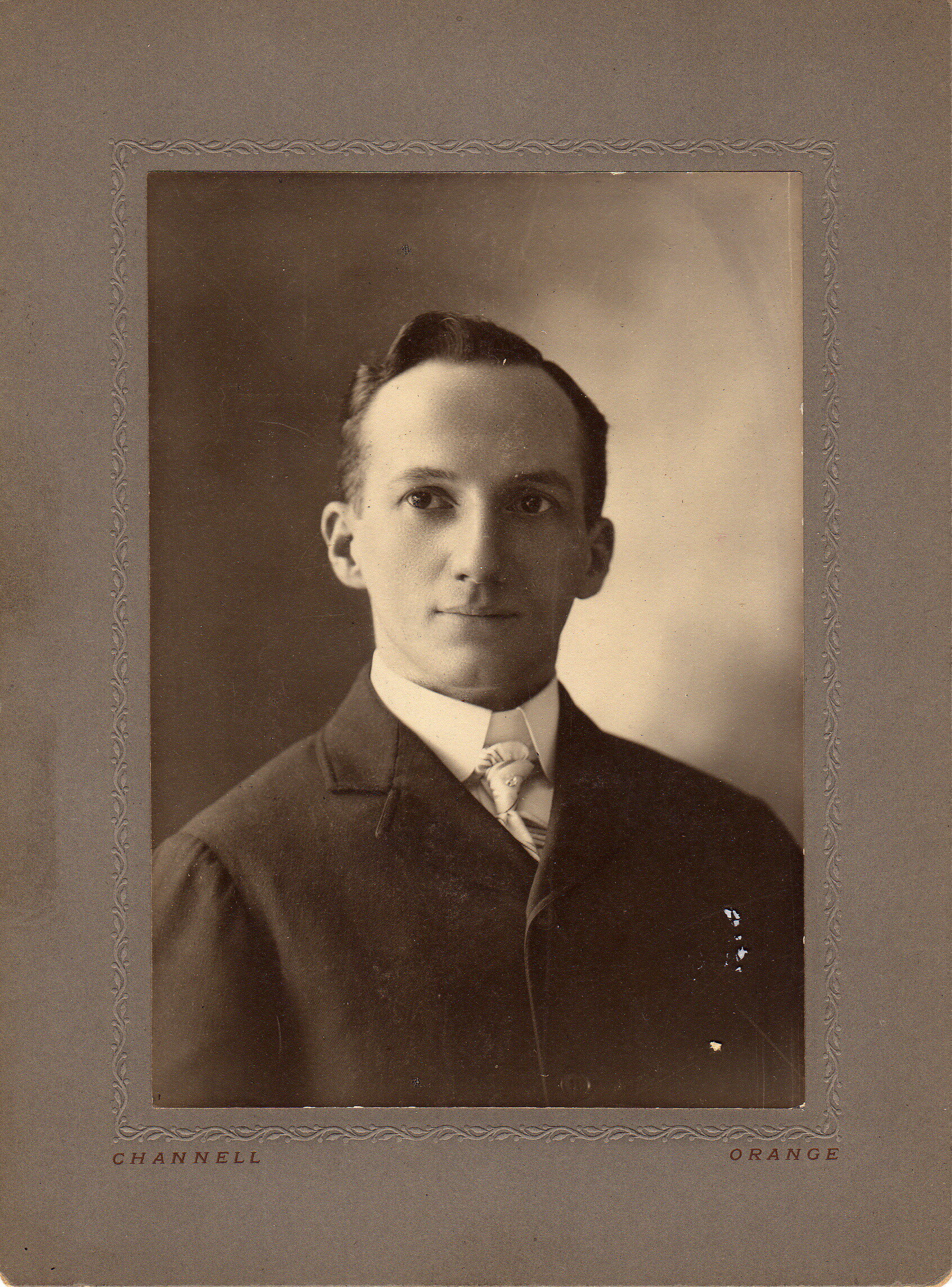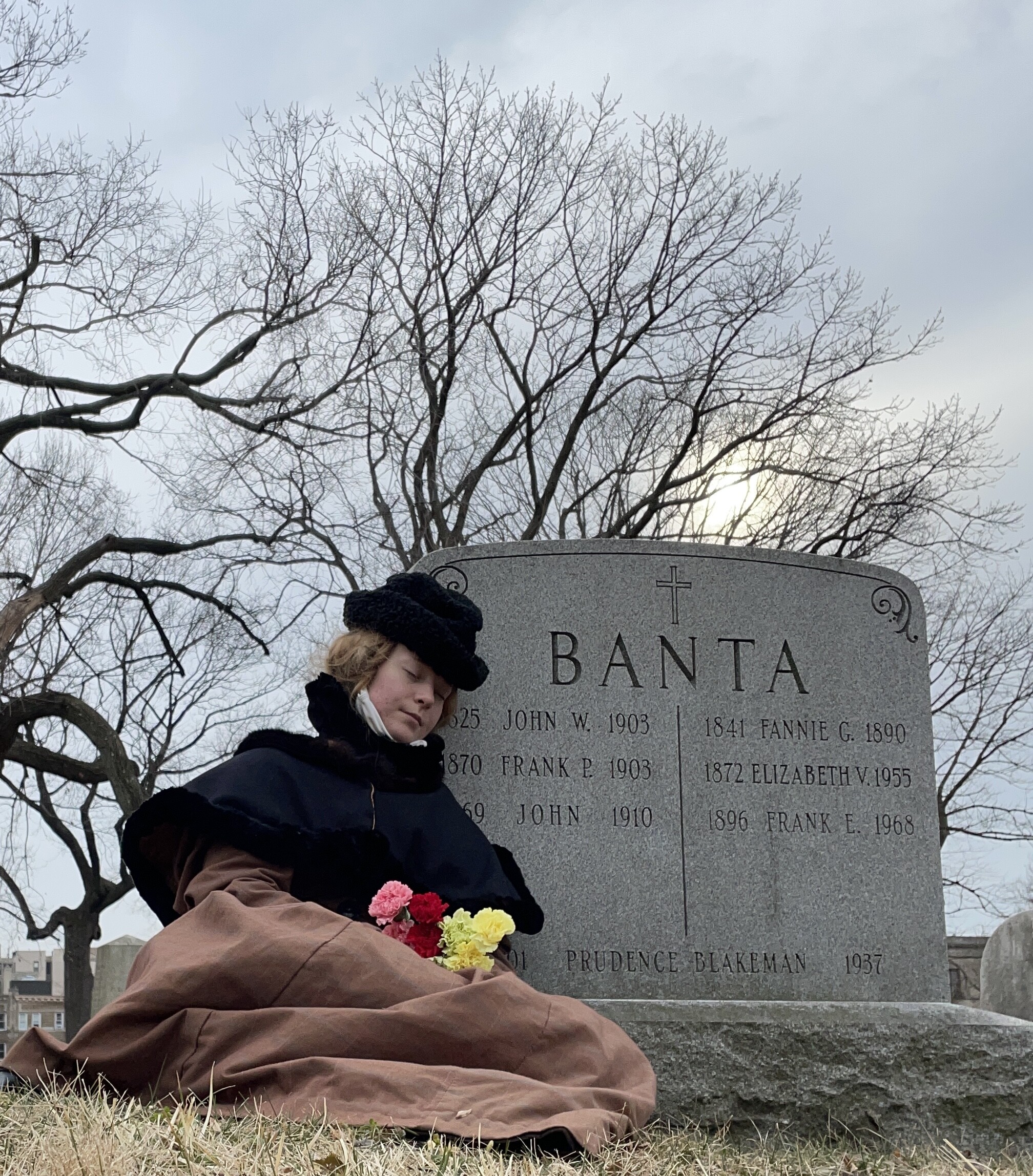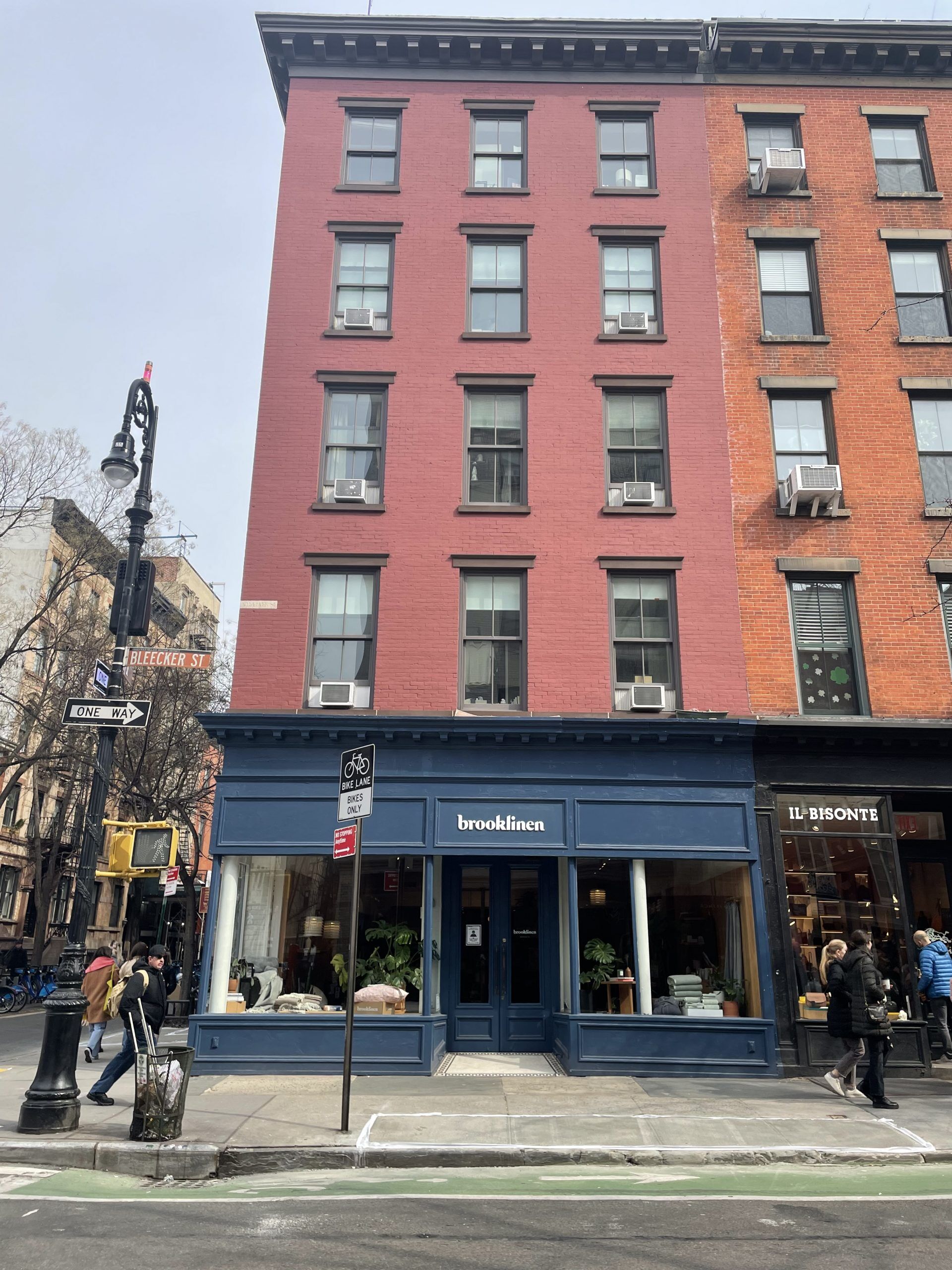
This month, I will be doing something a little bit different in this column, as I just took a week long trip to NYC. On this trip I scoped out many historic phonograph and tin pan alley locations, made some real wax disc records, and spent two days with the great-nephew of Fred Hager. This trip is deserving of four articles, and this one will follow my adventures and sightseeing regarding studio accompanist Frank P. Banta.
The night that I arrived in New York, I was picked up at the airport by the very kind sister-in-law of Fred Hager’s great nephew. Her name is Cheryl, and she’s just a classic Long Island lady, unphased by all the dissatisfied drivers around her, and perfectly willing to ask me any questions about Jimmy Hager, who she never knew, but heard a lot about. After the fun drive from the airport, I stayed in a hotel that was once the home of the Banta family in 1880.
In the 1880 census, the Banta family lived at 414 West 26th St, which was and still is in the middle of Hell’s Kitchen. It is a hotel now, so it seemed obligatory that I stay there for just a little while. Frank’s father John (born in 1824) was a woodcarver for pianos, and he had been doing this job for decades by the time he married Fannie Darrow (Frank’s mother). John was nearly 50 when Frank was born, yet it seems that even with his middle age approaching, he worked often, moving every few years to a new place for his family. This place on west 46th street was their home for a short period of time, only being as such until about 1882. I was hoping that some parts of this hotel would be worth my time and energy, but little of what the Bantas would be familiar with remained. I booked only one night here, as it wasn’t a cheap place to stay. Even with the sting of disappointment, I took some documentary pictures, and enjoyed the creaky old stairs, which seemed to be the only old aspect left, aside from the façade.
The next day was incredibly productive. I threw on my handmade brown wool and linen 1895 suit (just as a side note, 90 percent of the clothing I wore on this trip was made by me), and wore a self-made fur trimmed cape, ready to take on my plans for the day. I went to a few historic locations, but I will go into more detail on these places in another part of this article, as we are sticking to Banta in this piece. Earlier that day I went to a few locations on the Bowery, and while there, I grabbed a bundle of carnations for Banta’s grave. For the entire decade I’ve been collecting and studying ragtime history, I have wanted to visit Frank P. Banta’s grave. I wanted it to be perfect and meaningful. So I got on the subway and headed out to Northwestern Harlem where the cemetery is. I got there at about three in the afternoon, hoping it would be rather simple to find the Banta plot.

If you’ve ever been to Trinity Church Cemetery (not the one where Alexander Hamilton is buried), you’ll know that it is split in two sections by Broadway. I walked all over the east section, and saw no Bantas. So that was about half an hour of useless walking, onto the other side of the street I went. I was hoping that a gate would be open so I could inquire with someone at the front desk about the Bantas, but one gate was closed, I walked around another corner—gate was closed.
Finally I found an open gate, and a security guard came up to me with a slightly suspicious look on his face. Must have been quite a sight to see me dressed in full 1895 fashion holding a bundle of green and red carnations. I asked him if he knew where the Banta plot was, and he had no idea. He also told me that the cemetery closed at four, so I had only about 20 minutes to walk around the entire section to find what I was looking for. I got in, knocked on the door to the front desk, but no one was there, so I gave up looking for someone and started looking around for a headstone that looked familiar. Before going on the trip, I had looked up what the grave looked like, in case something like this happened, good thing I did.
Walked around for nearly 10 minutes, looking at every grave I could, and just as I was starting to head back the other way to leave, I spied a grave that looked familiar–and there it was. As soon as I approached it, I fell on my knees and started weeping. Nothing is quite like the feeling of seeing something you’d been looking for for so many years. I spent the rest of my time there on my knees and enjoying the picturesque view of the Hudson from the grave.
All the Bantas are in this single plot, which is quite nice for me, as I wanted to honor all of them. Frank, his parents, brother, wife, and son are all at this site. When I came up to the front gate, the security guard told me I couldn’t place my flowers anywhere, but I put the carnations in their place anyway. I deliberately grabbed green carnations, as at the time in which Frank P. Banta lived, they were a signal that a man was gay, but not everyone around them would know it. I left the bundle of green carnations for Frank’s older brother John, who, as I learned recently, was also a musician who died too young. John was born in 1868, and became just as musical as brother Frank, but it is unclear whether or not he was involved in the phonograph community. John never married, and remained rather reclusive into his later years. Usually this would indicate that he was gay, and within the Banta family it wouldn’t be surprising, as a few aunts and uncles were the same. John died in 1910, of a similar ailment that took his younger brother, tuberculosis. Both Frank and John deserved to be honored, as it seems they were close, only being two years apart.
But the story doesn’t end here. A few days later, I went walking around in Greenwich village, as that was where Frank and John Banta were likely born. In my research before the trip, I wrote down the address where the Bantas lived around 1868, which was 385 Bleecker street. Greenwich village is one of the most intact older areas of New York city, stacked with dozens of buildings dating back to the 1820s and 1830s. With this in mind, it seemed more likely that the birthplace of Frank P. Banta would still be standing.

As I wound down Bleecker street, I finally got to the corner, and there it was, and it looked to be about the right age based on the architecture. Thankfully, right on the side of the building, there was a nice tile monument with a date of 1868 right above it. This was indeed where little Frank P. Banta was born. It may seem small to most, but going to all these places just to follow the life of an Edison studio pianist moved me more than anything. According to period accounts, Banta was very sweet and humorous, always being the wittiest at any vaudeville function. He was generally quiet, but when he had something to say, everyone listened. It was a universally written about tragedy when he died that morning of November 30th, 1903. The Edison recording staff didn’t attend to work for at least a week thereafter to honor his life.
Something about being where he was born was more heartwarming than almost anything I did on this trip, and as you’ll see in the next articles, it could be difficult to surpass.
R. S. Baker has appeared at several Ragtime festivals as a pianist and lecturer. Her particular interest lies in the brown wax cylinder era of the recording industry, and in the study of the earliest studio pianists, such as Fred Hylands, Frank P. Banta, and Frederick W. Hager.




















